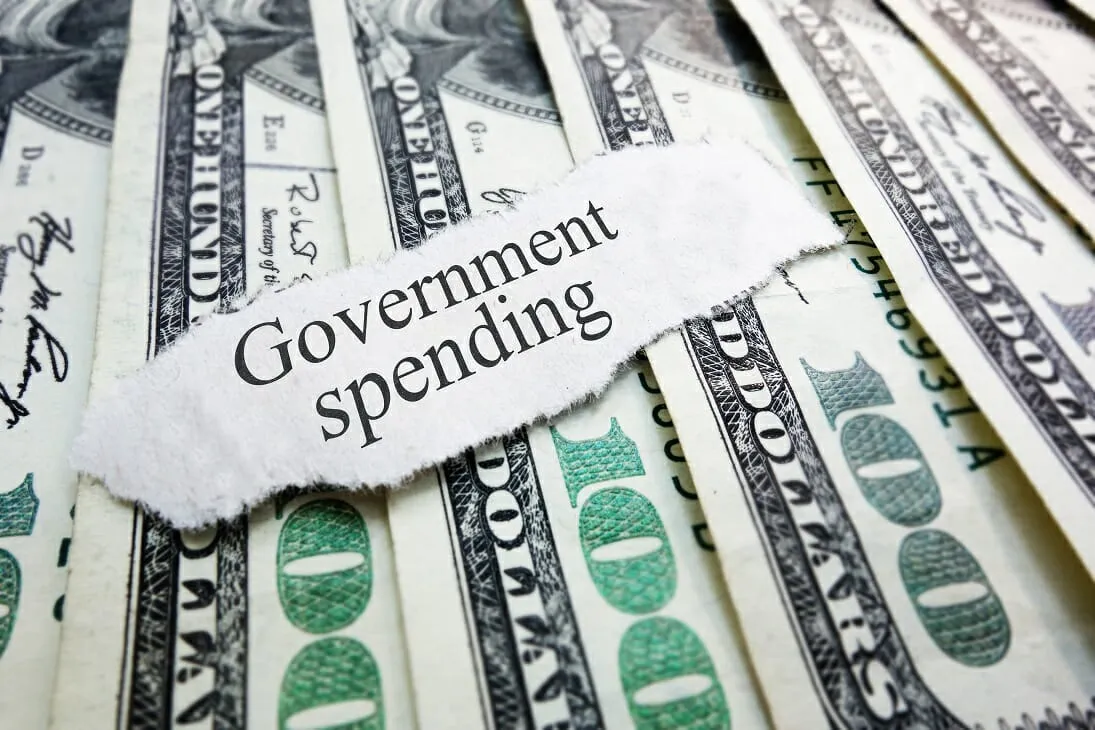Zafar Iqbal
Punjab Finance Minister Mian Mujtaba Shujaur Rehman’s unveiling of a Rs 5.33 trillion budget for the fiscal year 2025-26, boasting a Rs 740 billion surplus, may appear fiscally sound on paper, but a closer look reveals troubling signals about the budget’s credibility and sustainability. The claimed surplus exceeds the province’s pledged contribution to the federal government and IMF by Rs 110.4 billion, suggesting an effort to create an artificial comfort zone for international lenders — especially given that Sindh has projected a deficit and compromised the overall provincial surplus projection.
The Punjab government expects Rs 4.062 trillion in federal transfers, which forms the bedrock of the province’s fiscal planning. Yet, this reliance on federal transfers remains vulnerable to overestimated federal collections — a familiar pattern in previous years — making Punjab’s fiscal base appear deceptively stable. Compounding this concern is a significant shortfall in the province’s own tax revenue in the outgoing fiscal year: Rs 50.5 billion less than anticipated, an 11 percent gap that directly questions the capacity of the provincial revenue apparatus to deliver the targeted Rs 524.7 billion next year.
Even more concerning is the projected decline in non-federal revenue, dropping from Rs 853.5 billion (revised) to Rs 798.6 billion in 2025-26. This Rs 55 billion contraction is not just a technical adjustment—it reflects deepening structural weaknesses in Punjab’s revenue strategy.
The newly legislated agriculture income tax, expected to yield Rs 10.5 billion, underscores the political hesitance surrounding this reform. While a 162 percent increase from last year’s revised figure is statistically impressive, the absolute value remains disappointingly low. Compared to Sindh’s ambitious projection of Rs 388 billion from this source, Punjab’s target feels half-hearted and politically cautious—likely due to expected pushback from influential landholding legislators across party lines.
Urban immovable property tax also reflects fiscal overconfidence. Last year’s Rs 8 billion shortfall (from Rs 29 billion budgeted to Rs 21.96 billion realized) did not deter the government from projecting Rs 32.54 billion in collections for the upcoming year—despite weak collection mechanisms and limited municipal reform.
Even more regressive is the projected rise in sales tax on services from Rs 273.7 billion to Rs 333.5 billion—a nearly 22 percent increase. As an indirect tax, this will disproportionately affect the poor, exacerbating inflationary pressures already weighing down the province’s low- and middle-income households.
The salary increase for public employees contributes to an additional Rs 57 billion in expenditures, but this comes at the cost of pensioners, whose budgeted allocation has seen only marginal growth of Rs 22 billion—an imbalance that underscores the structural flaws in the province’s human resource expenditure priorities.
The only area where Punjab appears to outperform Sindh is development spending. A 47 percent increase from Rs 842 billion to Rs 1.24 trillion might signal ambition, but it masks a less flattering reality. Compared with what Punjab should have received under the National Finance Commission formula—Rs 1.484 trillion—the actual allocation is 16.5 percent lower, raising questions about how this ADP increase is being funded and whether it will translate into real development outcomes.
Ultimately, while the budget projects a sense of control and forward momentum, it is riddled with overly optimistic revenue assumptions, underwhelming reforms, and politically sensitive compromises. The chances of Punjab achieving its budgetary targets remain low unless serious structural adjustments, especially in domestic resource mobilization and equitable taxation, are undertaken. History, unfortunately, suggests otherwise.

















